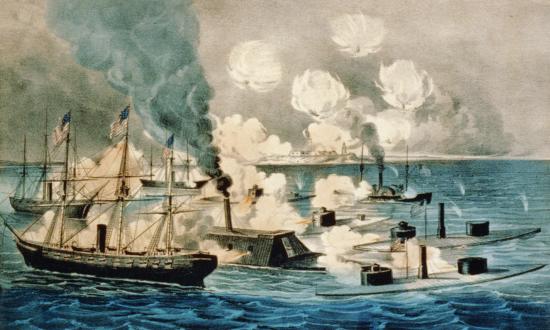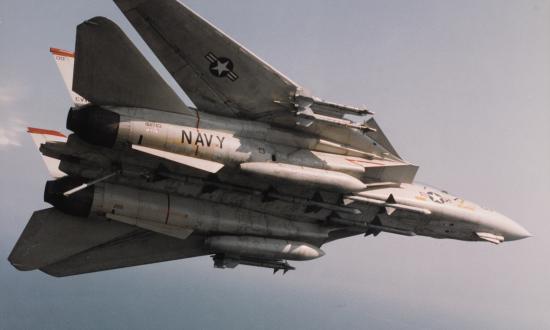In the pantheon of U.S. Marine Corps icons, Major General Smedley Darlington Butler (1881–1940) is arguably the most complex and paradoxical of them all. At the time of his death, he was the most highly decorated Marine in U.S. history, a man who had garnered 17 military awards, including two Medals of Honor.
Yet he was also the man who wrote, “War is a racket. . . . It is conducted for the benefit of the very few at the expense of the masses.” And he rued having been “a high-class muscle-man for big business, for Wall Street and for the bankers. . . . I was a racketeer, a gangster for capitalism.”
If Smedley Butler is complex, he reflects the complexity of his era of Marine Corps history: a time abundant with examples of courage, of toughness in unsparing climes, of valorous action. But also a time conducive to an eventual jaded perspective about the whys, wherefores, and costs (both material and spiritual) of constant interventionism. In our cover story, Naval History 2020 Author of the Year Mark R. Folse serves up a brilliant overview of the good, the bad, and the ugly of the “Banana Wars,” the lessons learned, the doctrines developed, and the relevance of this chapter of Marine Corps history to thinking about present and future missions.
Supplementing this big-picture vantage, Marine Corps historian Colonel Richard D. Camp chronicles one Marine’s experiences in the service of the Guardia Nacional, fighting revolutionaries in the jungles of Nicaragua in the 1920s and ’30s. Captain (later Lieutenant General) Edward A. Craig would go on to celebrated heights of heroism at Guam in World War II and at the Pusan Perimeter in the Korean War. His early experiences—filled, as you will see, with a variety of perils—no doubt seasoned him well for those greater conflicts to follow.
Also in this issue, we celebrate the August birthday of the U.S. Coast Guard with Commander Brian Boland’s look back at how Alexander Hamilton navigated the rocky political shoals of early America to found the Revenue Cutter Service. Our second Coast Guard author, Commander Todd Moe, sheds light on the infamous July 1944 explosion at Naval Weapons Station Port Chicago—and the legally questionable mutiny trial that ensued. The debates over this tragic World War II incident indeed continue to resound to this day.
Elsewhere on the World War II front, Frank J. Blazich Jr., curator of military history at the Smithsonian Institution’s National Museum of American History, tells an inspiring story of just the right invention at just the right place at just the right time—Sicily, July 1943, where Allied troops were gearing up to storm the shores of Europe and steamroll the Axis. Pulling off such a massed amphibious landing without a hitch seemed impossible. But visionary thinking and Allied cooperation produced, in the nick of time, a war-changing idea: the pontoon causeway. Once the concept proved its greatness at Sicily, suddenly, the pontoons were in demand from Atlantic to Pacific—here was one of the paradigm-shifting military innovations of the war.
As July rolls around, if your historical interests range over land as well as sea, your thoughts return to a pastoral place in Pennsylvania called Gettysburg. Whole libraries of books have been written about the epochal clash that thundered there in July 1863 and changed the course of the Civil War—but now, we are proud to offer a unique new take: that’s right, an article about the Battle of Gettysburg in Naval History magazine. For as Gettysburg Licensed Battlefield Guide Jeff Harding shows us, once you start peeling back the layers, you start to see that an incredible number of connections twine between the famed Civil War battle and the U.S. Navy. They are too numerous to mention here . . . but you will find them within. Enjoy!
Eric Mills
Editor-in-Chief






